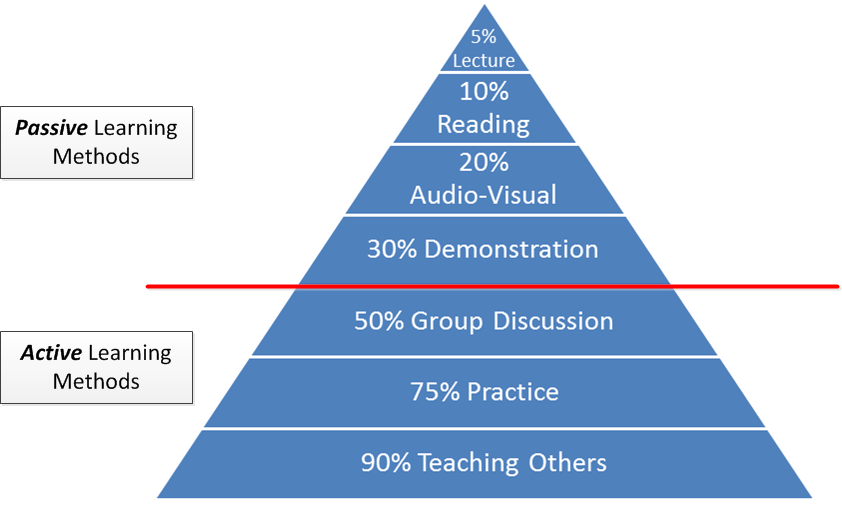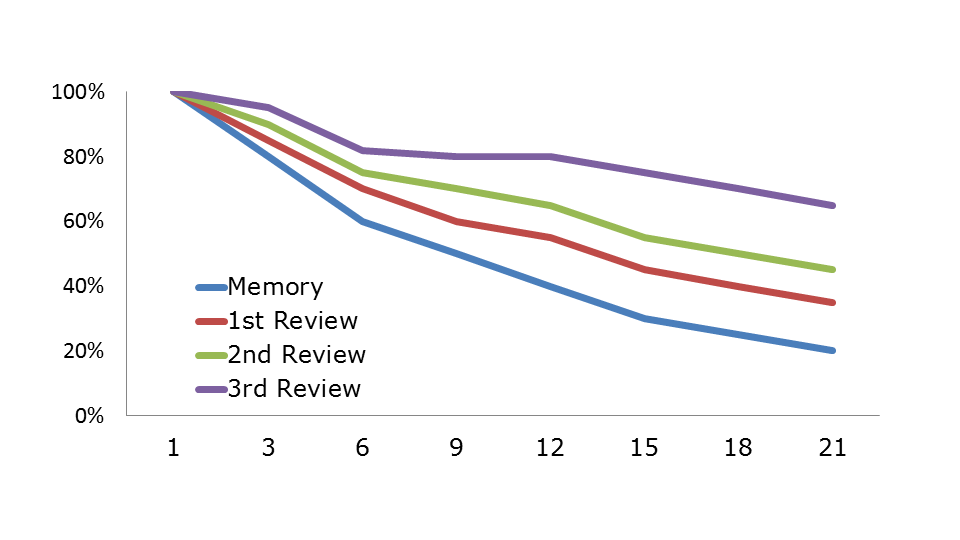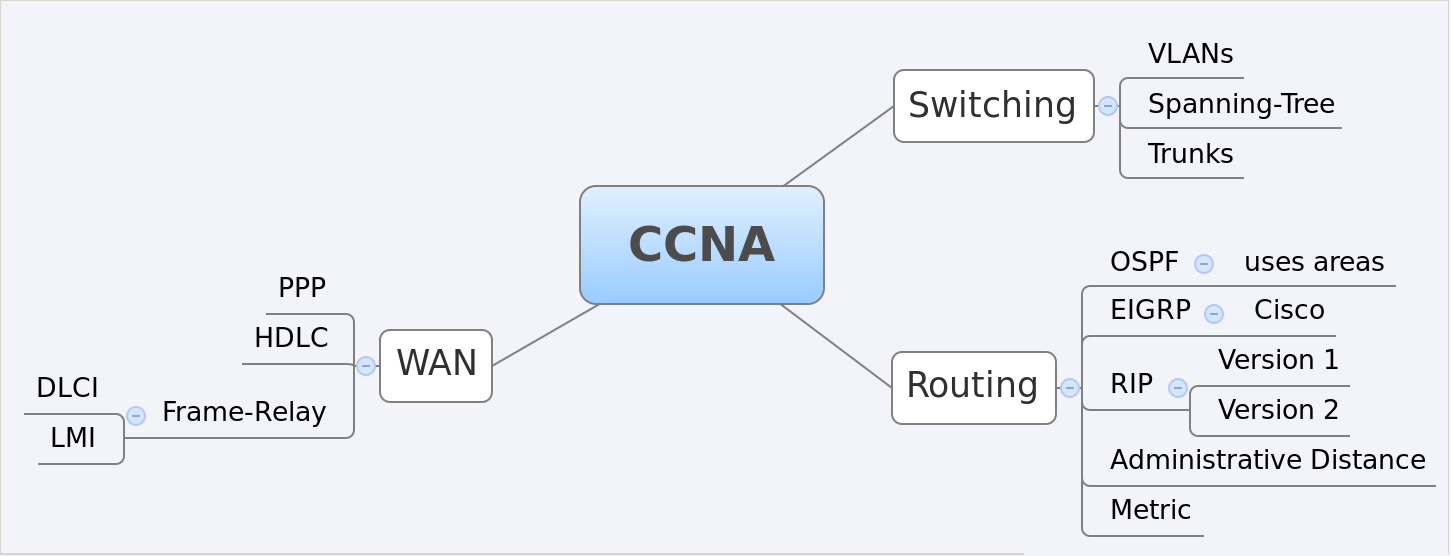Most students who are new to networking find it very difficult to understand and memorize everything they need to know in order to pass (Cisco) exams. Whenever I teach Cisco’s CCNA in the classroom I explain students a little bit how to prepare themselves and how to study.
For CCNA there is a LOT of stuff you have to remember and trying to “brute force” it into your brain is not the best method.
When you want to study (Cisco) networking there are two things you have to learn / achieve:
- Theory: understand how all the different protocols work that run on routers, switches and other network devices.
- Practical Experience: You have to be able to implement the theory by configuring routers, switches and other network devices.
You can learn about all the different protocols (theory) by reading books, watching videos or joining a classroom course. Practical experience is achieved by getting your hands dirty and configuring network devices.
My experience is that most networking students spend 80% of their time reading books and only 20% on the practical side. The time spent on configurations is mostly “copy/pasting” commands just to “have seen” how it works. This is not a very effective method, let me show you why:

The model above is called the “learning pyramid” and shows different learning methods. To be honest I’m not entirely sure where this model came from, it’s very old and the percentages that you see are probably far from accurate. The idea of the model is to show the effectiveness of different study techniques. There are 4 “passive” learning methods:
- Lecture
- Reading
- Audio-Visual
- Demonstration
The lecture is on top and probably the most ineffective method of learning. This is where the instructor is standing in front of the classroom explaining things while you only listen. Don’t get me wrong, having an instructor explain material to you is very important but it shouldn’t be too long (30 minutes maximum) because our attention span is very short. Reading is next in the list, where you use a self-study guide to understand everything.
Audio-visual could be a pre-recorded video of an instructor explaining things to you, a good example are my GNS3Vault youtube videos. A demonstration is where an instructor shows you (in real life) how to configure certain things.
These study methods are all passive methods. It’s almost like watching television, you just let the material fly by while you sit or lie down.
The 3 “active” methods are far more interesting:
- Group discussion
- Practice
- Teaching others
Group discussion is something for the classroom, where you discuss with other students about certain topics. Practice is where we configure network devices and in Cisco land we call this “labs”. I’m a big fan of doing labs, labs, labs and MORE labs! A key note here is that I’m not talking about “copy/pasting” commands but REALLY thinking about scenarios, building networks and doing debugs to really find out what is going on. Teaching is very effective as you will find your weaknesses…you can’t explain what you don’t understand. This is especially true when you are standing in front of the classroom with people firing questions at you…you’ll have to know your stuff.
All these active methods have in common that they make you think! It’s not about sitting back and relaxing, you will have to put your brain to work!
My advice to you: spend 20% of your time on reading or watching instructional videos, 80% at doing labs, labs and labs.
So now you know you should be doing labs most of your time. Anything else that is good to know? There’s something about your memory that you should understand, let me show you:

Back in the days, Hermann Ebbinghaus did research on memory (retention) and created something called the forgetting curve. This shows us how fast we forget information if we don’t repeat information. I made up the numbers, it’s just to give you an impression of how your memory works:
- If you learn something and don’t repeat it, after 21 days you will only remember 20% of what you have learned on day 1.
- The more often you review information, the more you will remember. This is because information is moved from your short-term memory to your long-term memory.
How often you should review information and how much you will remember is up to debate and personal experience but I think you get the idea. As you are studying you should create notes so that you can review what you learned before. A very powerful technique to do this is called mindmapping.
A mindmap is a diagram which consists of text, images or relationships between different items. Everything is ordered in a tree-like structure. In the middle of the mindmap you write down your subject. All the topics that have to do with your subject can be written down as a branch of your main subject. Each branch can have multiple branches where the pieces of information are leaves. Mindmaps are great because they show the relationship between different items where notes are just lists…it’s like putting your brain on paper. Here’s an example that I created for Cisco’s CCNA exam (it’s far from complete):

The mindmap above is just to give you an impression of what mindmapping looks like. I think you have learned enough for now…it’s time to put it in action! Go study, create mindmaps, do labs, labs and more labs and if you have any questions…just leave a comment below! Let me know what you think of it.

No comments:
Post a Comment